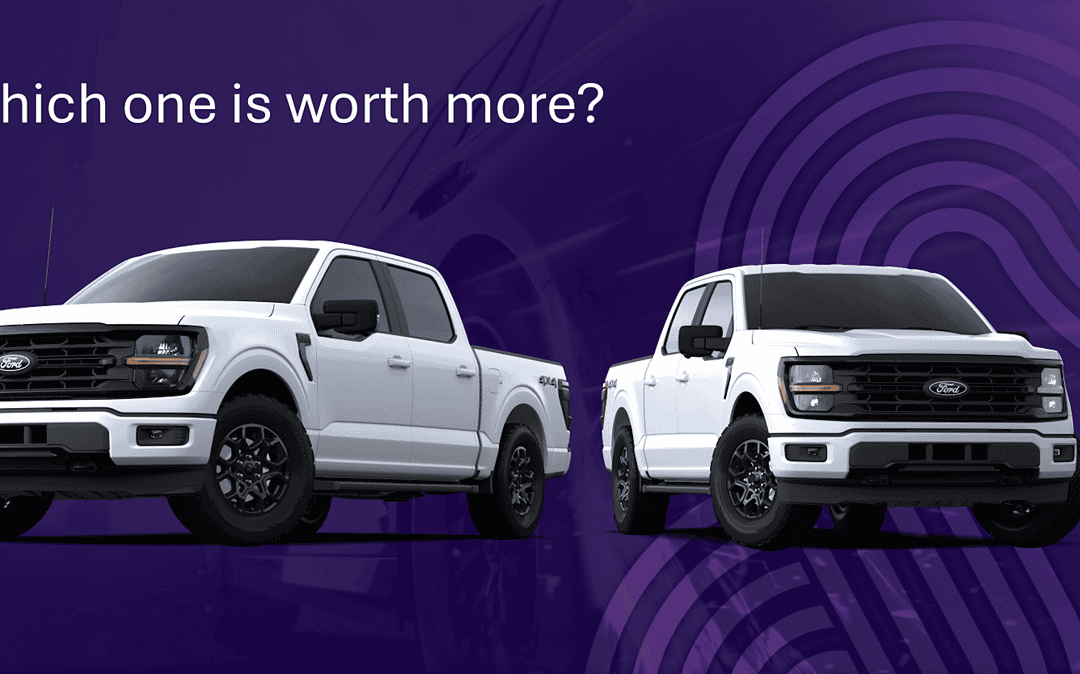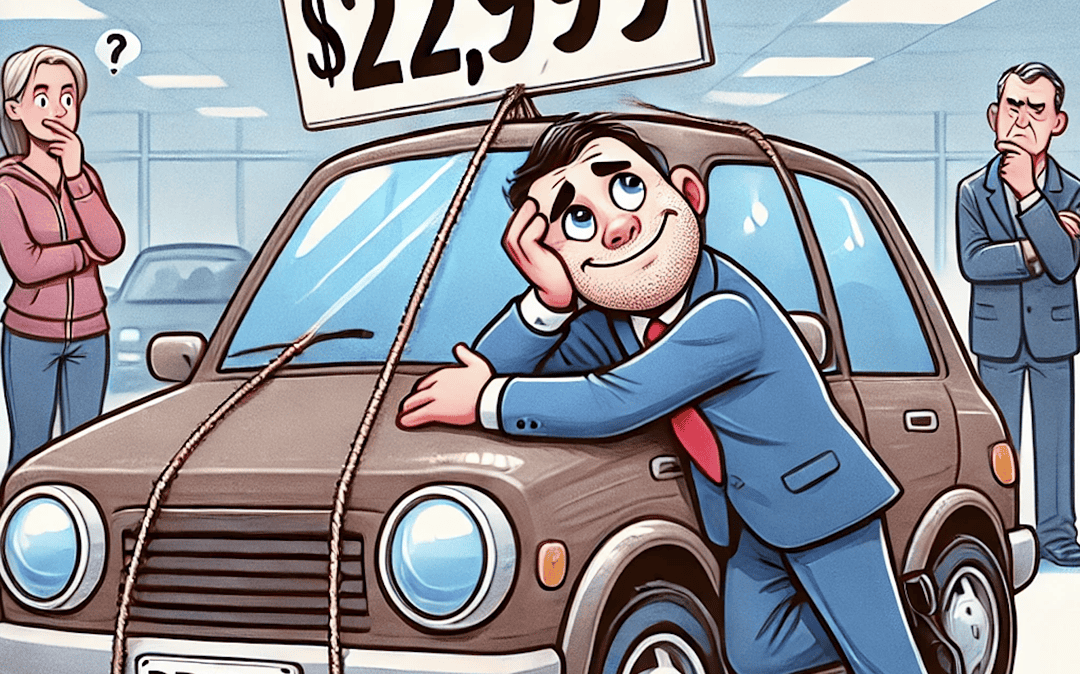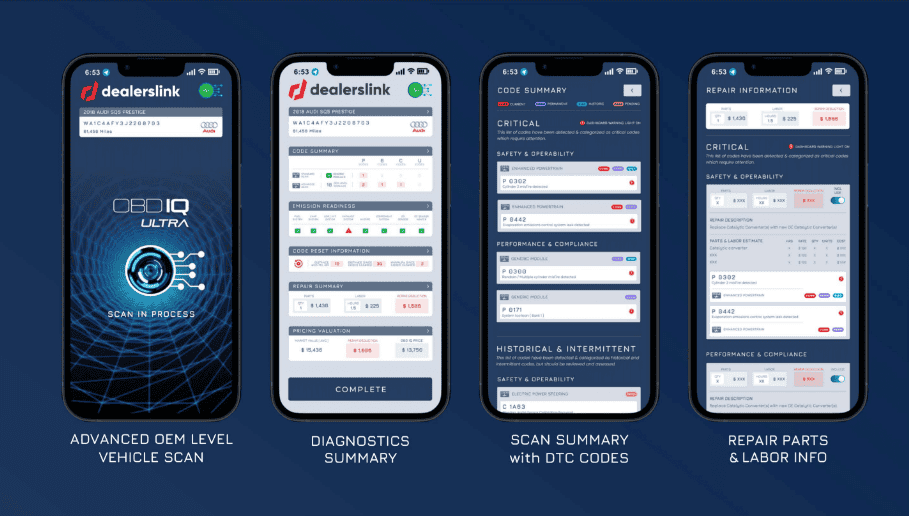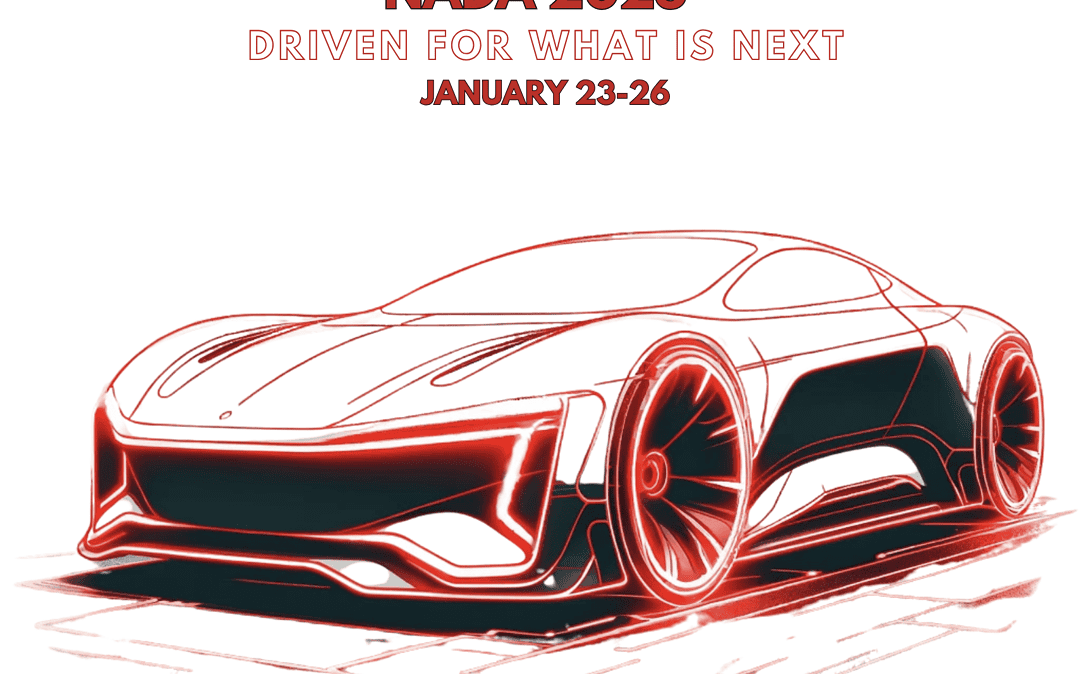The most extreme and beloved example of car personalities and the man-machine love relationship is embodied between Nicolas Cage and Eleanor – The temperamental, yet every-man’s-dream, 67 Shelby GT500E Super Snake – from Gone in 60 Seconds!
Another, far less sexy example, is my beat-up old Chevrolet work truck. Upon purchasing it, I asked my 5 year-old son Chandler to name it. Without hesitation, he emphatically (and appropriately) named him, “Bumper”.
Occasionally, I would find Chandler outside (to the dismay of my wife) – talking to bumper, running his hands along the old paint, and one time, found him hugging the front bumper. Let’s face it, humans love cars.
This love has always served the auto industry well. The new car smell and the classic lines evoke childlike emotions, visceral tendencies, and most importantly, pry open wallets. The problem we have now is the way consumers shop for cars (via the internet), and the current (and rapidly evolving) technology and processes that used car managers use to appraise, value, and acquire (and sell – wholesale->wholetail->retail) used vehicles in the inventory turn process.
As technology “advances” our profession, we must take into consideration that, although cars come off the assembly line the same, they do not come back to the dealership the same. They take on the personalities given to them by their owners, environment, climate, and so forth.
They have fingerprints – and every used car is unique!
Meanwhile, we continue to automate, systematize, algorithmically inventory, assess, and value cars based on limited (VIN derived and quantifiable) objective information – which ignores the most valuable subjective data that only a person who has touched and driven it can tell you. Is it a farm truck, a family car, a wheeler, a virtual ash tray, is it well conditioned, parked outside in harsh weather, even, was it loved or abused? These are the kind of things that only a human can tell you, and some of the things that affect your willingness to purchase (and thus effectively sell) a unit, and determine an accurate price. This is also the piece that seems to be fleeting from emerging automotive technology and off-and-online inventory sources.
Don’t get me wrong, technology is not a bad thing – we just have to find a balance between old school intuition, know-how, and the new school efficiencies in order to actualize profit and attain operational sustainability. We inherently require a workflow that feels natural with what we have learned over the years of experience in our business, and also, based on what we know (and love) about the nature of used cars.
To learn more about Dealerslink®
CONTACT: Travis Wise at 877-859-7080 x302 travis.wise@Dealerslink.com










